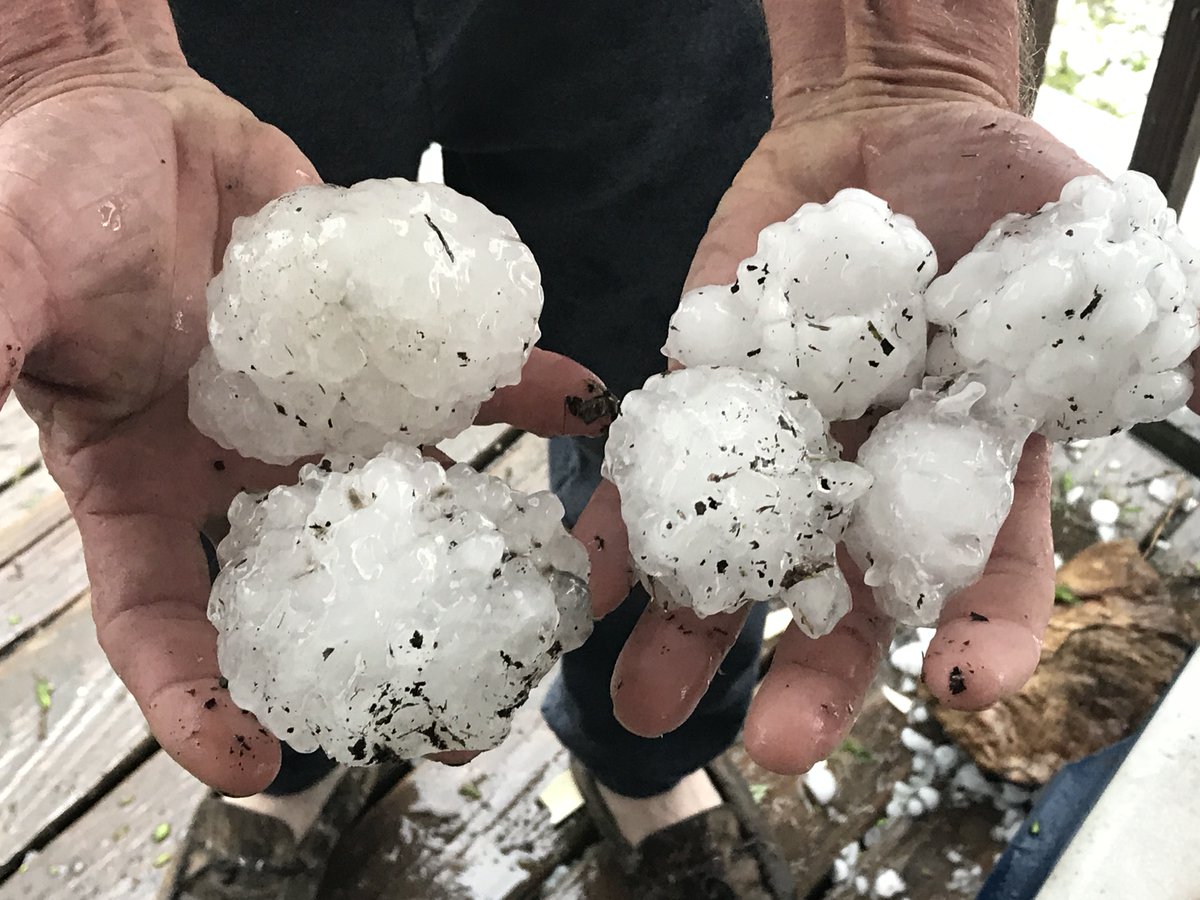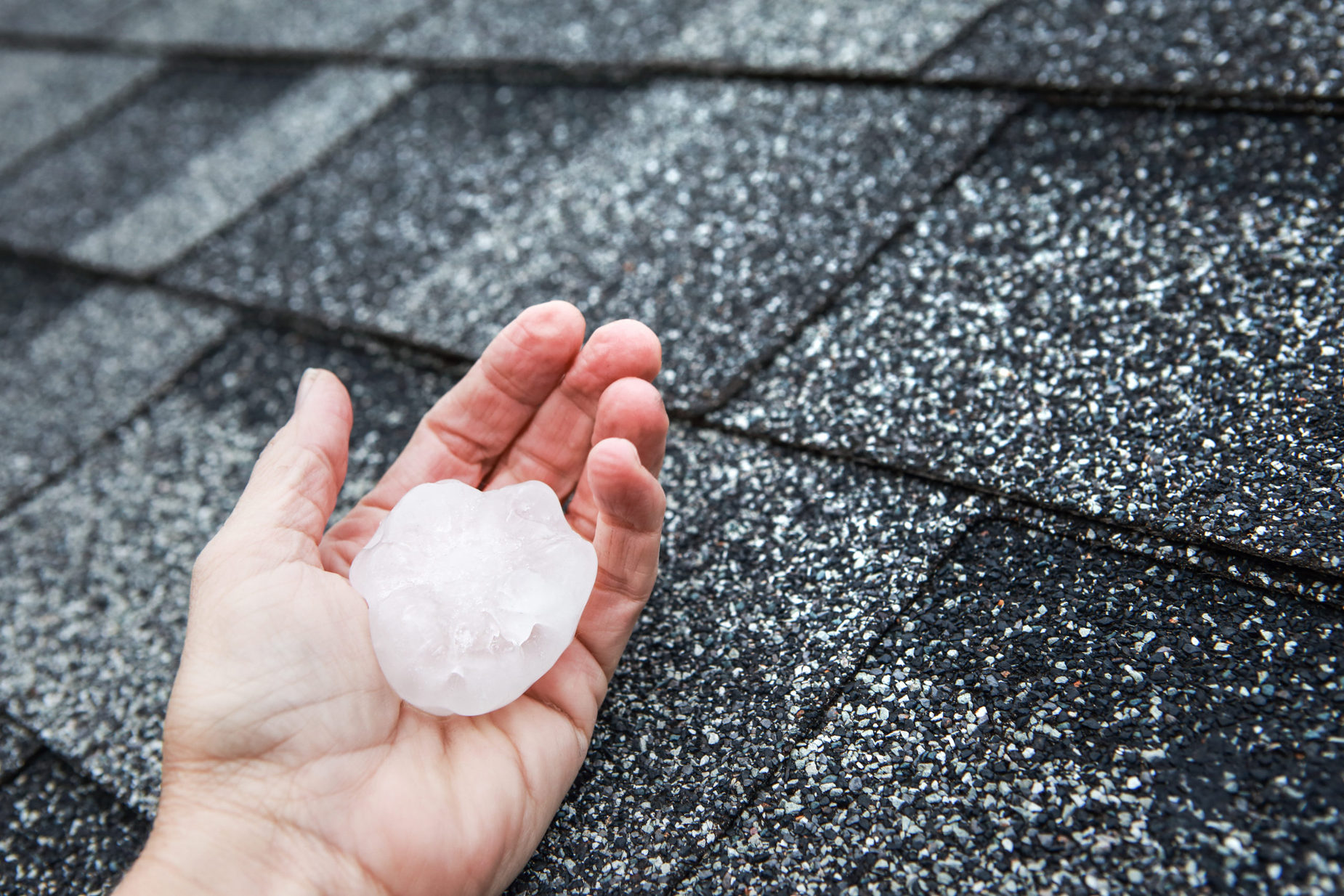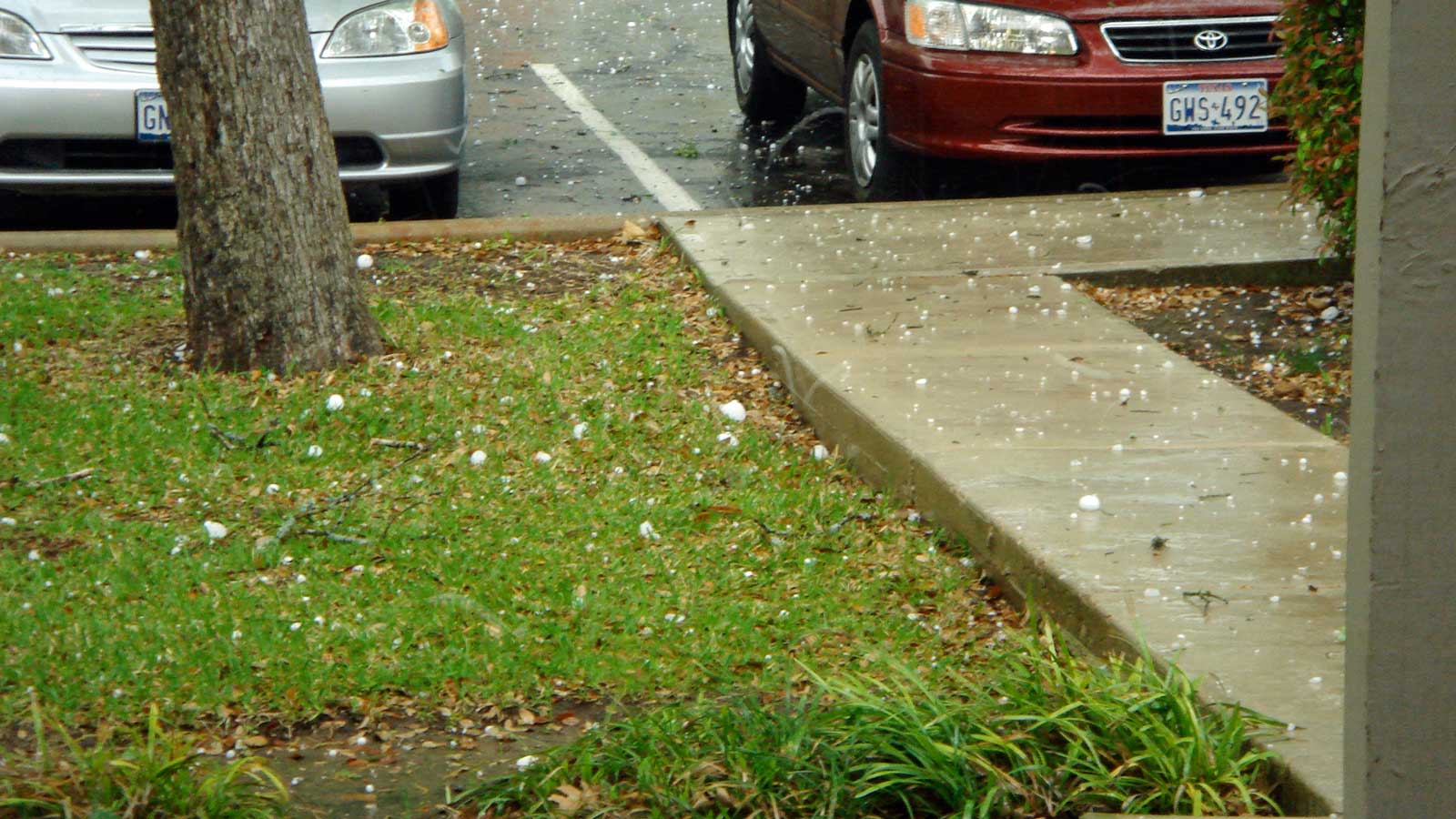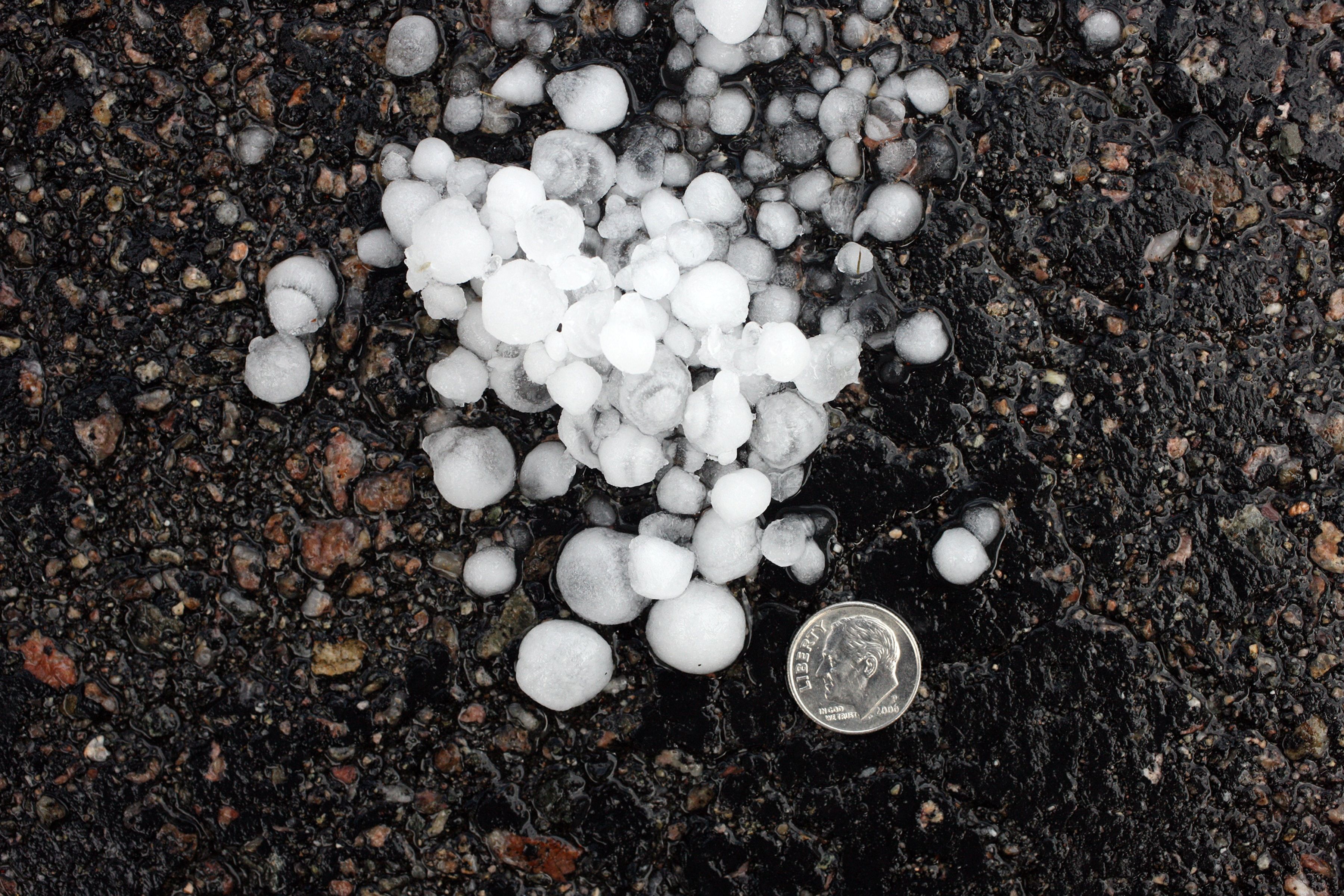Hail storms can be a fascinating yet destructive phenomenon, bringing with them a mix of curiosity and concern. As a form of severe weather, hail has the potential to cause significant damage to crops, vehicles, and even buildings. In this article, we will delve into the world of hail, exploring what it is, how it forms, and the impact it can have on our daily lives.
What is Hail?
Hail is a form of precipitation that occurs when updrafts in thunderstorms carry water droplets up into the freezing level of the atmosphere, where temperatures are below freezing. In this cold environment, the water droplets freeze into small balls of ice, known as hailstones. As the hailstones move upward and downward through the storm cloud, they may pass through additional layers of supercooled water droplets, which freeze onto the hailstones, increasing their size.
How Does Hail Form?
The formation of hail is a complex process that involves a combination of atmospheric conditions. The basic steps involved in hail formation are:
Updrafts: Warm air rises into the atmosphere, creating updrafts that carry water droplets upward.
Freezing: The water droplets freeze into small balls of ice when they reach the freezing level of the atmosphere.
Accumulation: The hailstones grow in size as they pass through additional layers of supercooled water droplets.
Downdrafts: The hailstones become too heavy to remain suspended in the air and fall to the ground.
Types of Hail
Hail can vary in size, shape, and severity. The most common types of hail include:
Pea-sized hail: Small hailstones that are typically less than 1/4 inch in diameter.
Quarter-sized hail: Hailstones that are approximately 1 inch in diameter.
Golf ball-sized hail: Large hailstones that are about 1.5 inches in diameter.
Baseball-sized hail: Extremely large hailstones that can be up to 2.5 inches in diameter.
The Impact of Hail
Hail can have a significant impact on our daily lives, causing damage to:
Crops: Hail can destroy crops, leading to financial losses for farmers.
Vehicles: Hail can dent and shatter car windows, causing costly repairs.
Buildings: Hail can damage roofs, siding, and windows, leading to expensive repairs.
Infrastructure: Hail can damage power lines, leading to power outages.
Hail storms are a powerful and awe-inspiring display of nature's fury. By understanding how hail forms and the impact it can have, we can better prepare for and respond to these severe weather events. Whether you're a farmer, a driver, or a homeowner, it's essential to be aware of the risks associated with hail and take steps to protect yourself and your property. Stay safe and stay informed with the latest severe weather updates from Earth Networks.









